Scientists have found that a process called neurotransmitter switching—where neurons alter their chemical signals—plays a role in the development of autism-related traits.


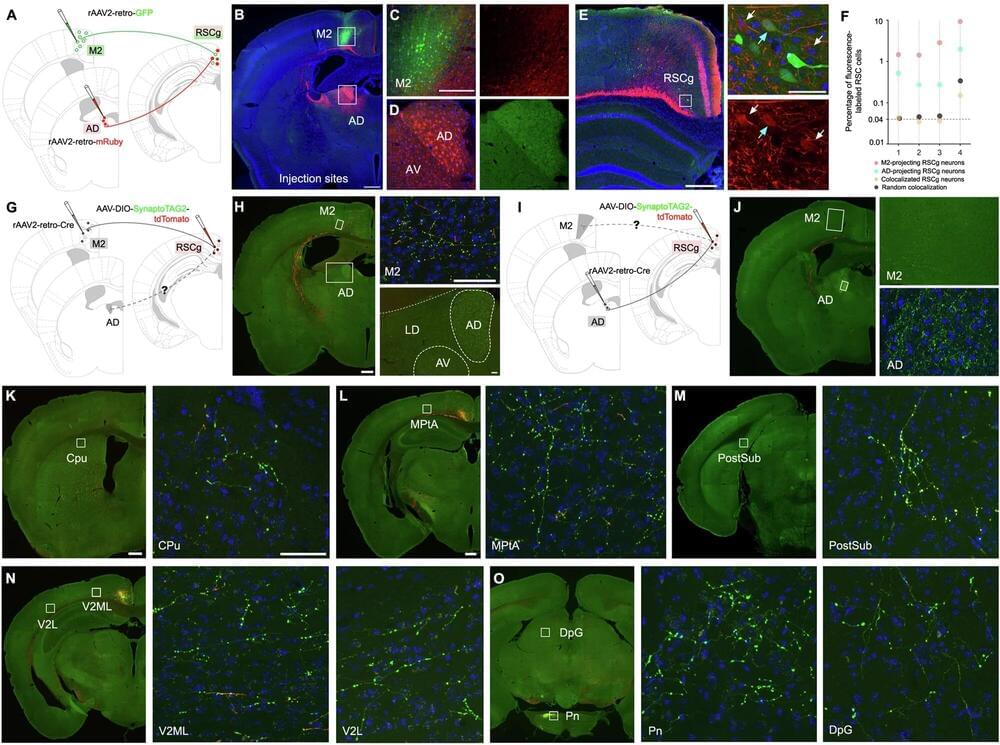
Researchers led by the University of California, Irvine are the first to reveal how two neural circuits located in the brain’s retrosplenial cortex are directly linked to spatial navigation and memory storage. This discovery could lead to more precise medical treatments for Alzheimer’s disease and other cognitive disorders by allowing them to target pathway-specific neural circuits.
The study, published in Molecular Psychiatry, identified two types of RSC pathways, connected to different parts of the brain, each with its own pattern of inputs and functions.
“By demonstrating how specific circuits in the RSC contribute to different aspects of cognition, our findings provide an anatomical foundation for future studies and offer new insights into how we learn and remember the space around us,” said lead and co-corresponding author Xiangmin Xu, UC Irvine Chancellor’s Professor of anatomy and neurobiology and director of the campus’s Center for Neural Circuit Mapping.

Science Corporation, a biotech startup launched by a Neuralink cofounder, claims that it’s achieved a breakthrough in brain-computer interface technology that can help patients with severe vision loss.
In preliminary clinical trials, legally blind patients who had lost their central vision received the company’s retina implants, which restored their eyesight and even allowed them to read books and recognize faces, the startup announced last week.
“To my knowledge, this is the first time that restoration of the ability to fluently read has ever been definitively shown in blind patients,” CEO Max Hodak, who was president of Neuralink before founding Science Corp, said in a statement.

Consciousness has long intrigued thinkers, from ancient philosophers to contemporary neuroscientists. It is a complex phenomenon we encounter daily, yet we often find it difficult to fully define or comprehend.
This elusive aspect of our existence encompasses our thoughts, emotions, perceptions, and self-awareness.
Despite significant advancements in fields like cognitive science and psychology, the true nature of consciousness remains one of humanity’s most profound mysteries.


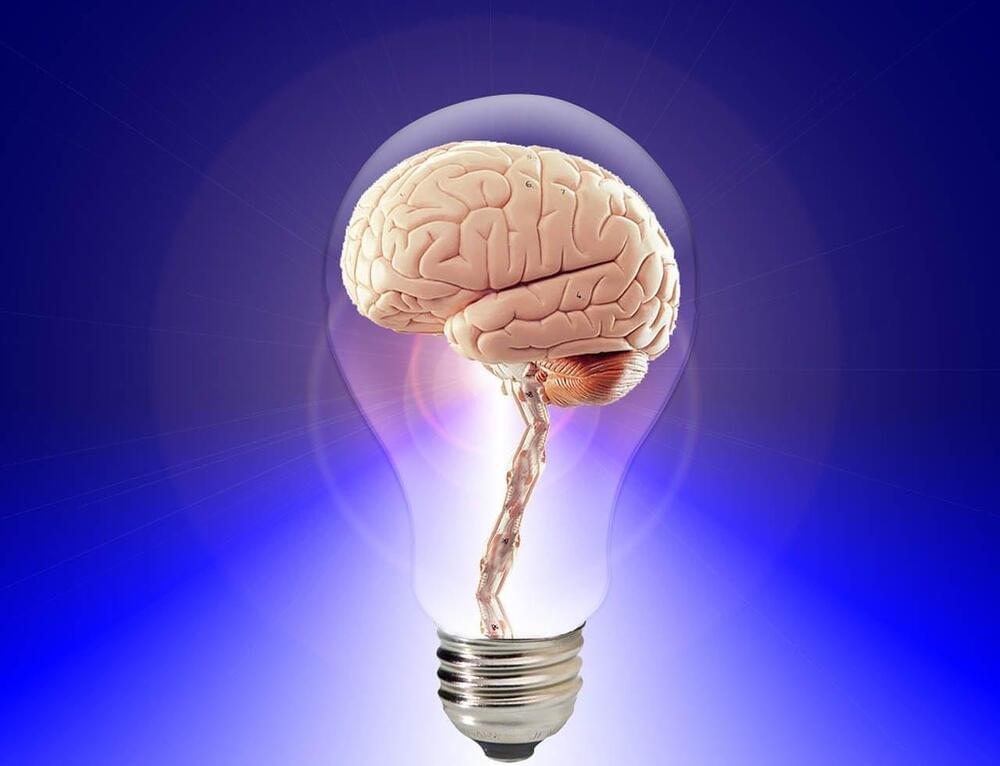
Johns Hopkins University-led researchers, working with the Biomarkers for Older Controls at Risk for Dementia (BIOCARD) cohort, have found that certain factors are linked to faster brain shrinkage and quicker progression from normal thinking abilities to mild cognitive impairment (MCI). People with type 2 diabetes and low levels of specific proteins in their cerebrospinal fluid showed more rapid brain changes and developed MCI sooner than others.
Long-term studies tracking brain changes over many years are rare but valuable. Previous research mostly provided snapshots in time, which can’t show how individual brains change over the years. By following participants for up to 27 years (20-year median), this study offers new insights into how health conditions might speed up brain aging.
In a study, “Acceleration of Brain Atrophy and Progression From Normal Cognition to Mild Cognitive Impairment,” published in JAMA Network Open, researchers used the BIOCARD cohort to examine risk factors associated with the acceleration of brain atrophy and progression from normal cognition to MCI. An Invited Commentary is also available.
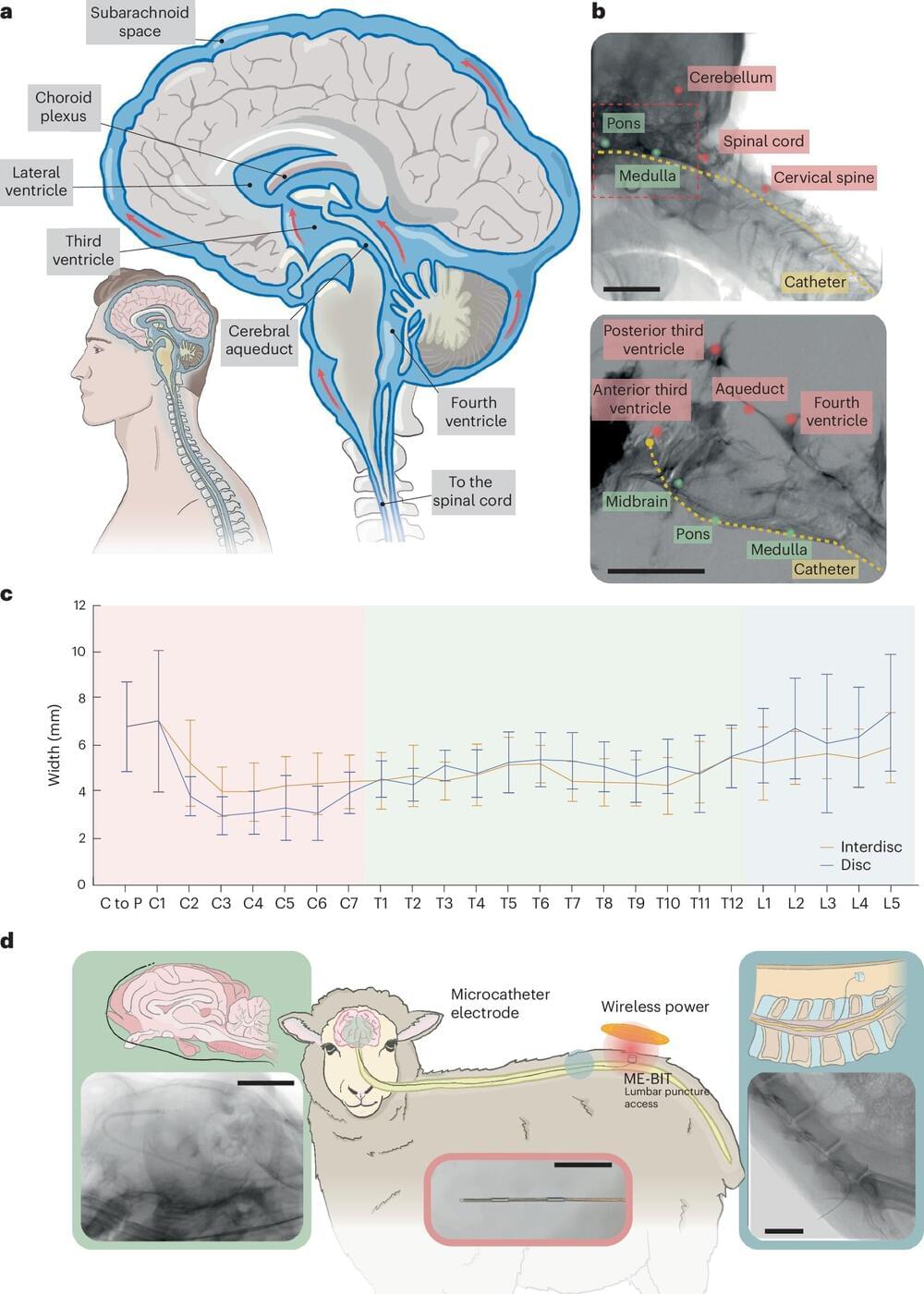
A team of researchers led by Rice University’s Jacob Robinson and the University of Texas Medical Branch’s Peter Kan has developed a technique for diagnosing, managing and treating neurological disorders with minimal surgical risks. The team’s findings were published in Nature Biomedical Engineering.
While traditional approaches for interfacing with the nervous system often require creating a hole in the skull to interface with the brain, the researchers have developed an innovative method known as endocisternal interfaces (ECI), allowing for electrical recording and stimulation of neural structures, including the brain and spinal cord, through cerebral spinal fluid (CSF).
“Using ECI, we can access multiple brain and spinal cord structures simultaneously without ever opening up the skull, reducing the risk of complications associated with traditional surgical techniques,” said Robinson, professor of electrical and computer engineering and bioengineering.
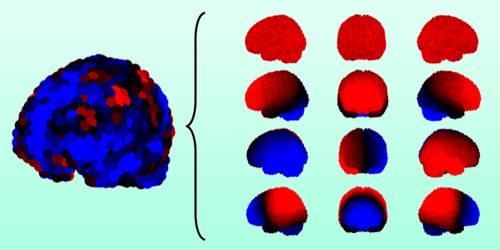
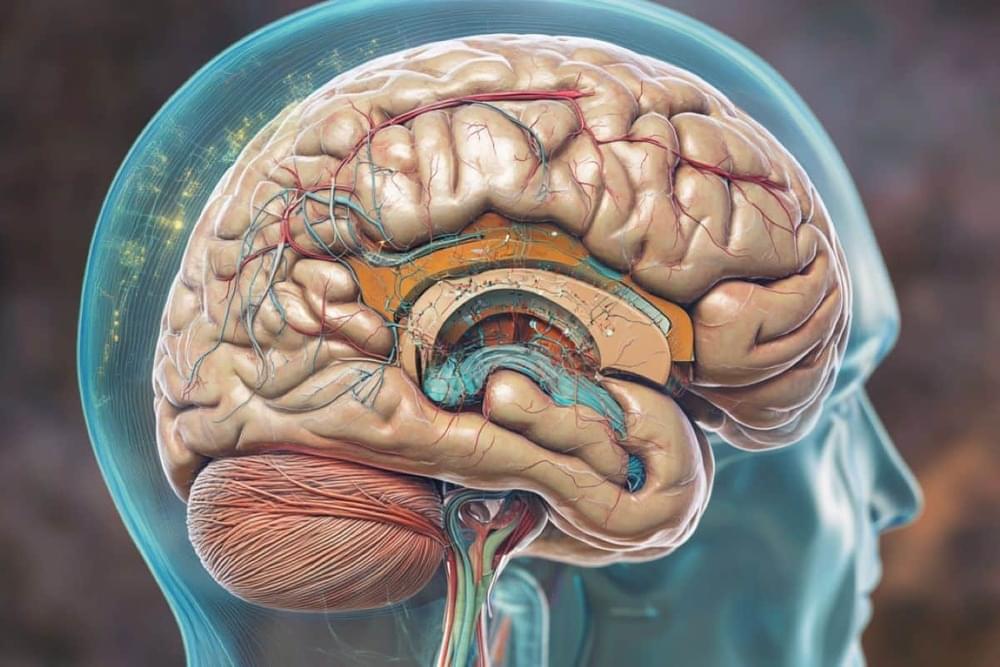
Summary: A recent study offers new insights into how brain regions coordinate during rest, using resting-state fMRI (rsfMRI) and neural recordings in mice. By comparing blood flow patterns with direct neural activity, researchers found that some brain activity remains “invisible” in traditional rsfMRI scans. This hidden activity suggests that current brain imaging techniques may miss key elements of neural behavior.
The findings, potentially applicable to human studies, may refine our understanding of brain networks. Further research could improve the accuracy of interpreting brain activity.